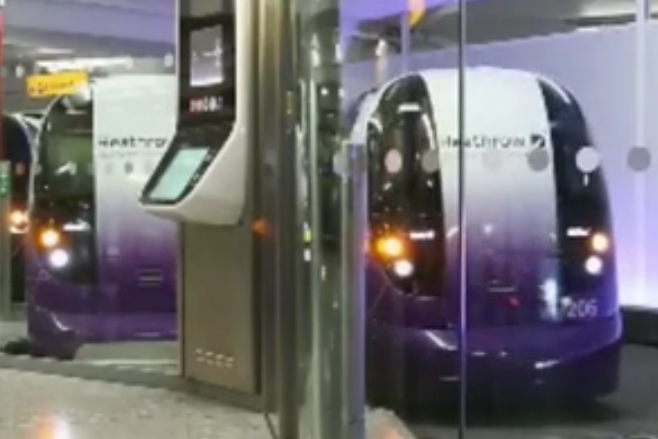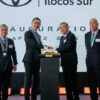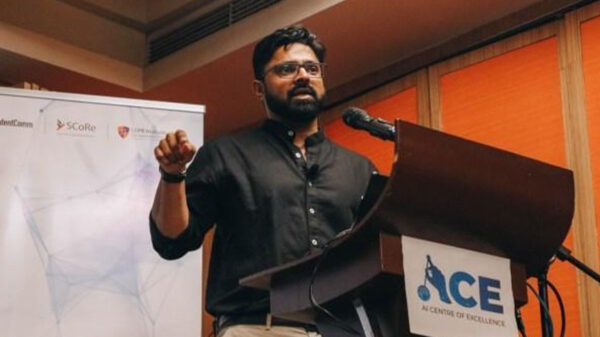Technological advancements are gaining pace and coalesce to create an all-encompassing future mobility concept, which today still sounds as if taken from a sci-fi movie. Artificial intelligence (AI), Internet multi-sensory trends as well as robotics are developing their footprint in the mobility industry.
Five years from now, people will be able to feel the leather of the car seat without actually being close to the vehicle. Cars will become giant computers with an innumerable amount of AI tools, managing the environment and communicating intelligently with other cars on the road, analyzing traffic, making choices about where to drive and analyzing the speed patterns of others. And while the robot drives your car to your work, you can prepare for your day.
A newly published Frost & Sullivan video report titled The Future of Mobility summarizes the key factors which impact the way people will move from door to door in the future and which will add a new dimension to the mobility behavior of human beings.
“Frost & Sullivan analysis discovered that every new car will be ‘connected’ by 2014, either via an embedded or tethered platform, making cars the third most connected ‘devices’ behind mobile phones and tablet computers,” forecasts Frost & Sullivan Senior Partner and Global Practice Director Automotive & Transportation, Sarwant Singh. “A life changing impact of connectivity will be the driverless car, and no one other than Google is leading it. Google has pushed the car industry to develop autonomous driving and at the heart of its business model of driverless cars, is that cars are not owned anymore but shared. We expect very soon a company like Google or a car company to test run trials of 20 to 30 fully driverless cars in a shared business model within a small community to test the concept and prove to the world, that this technology is closer than we believe.”
The focus for car manufacturers therefore will have to be on finding ways to differentiate themselves. More and more drivers turn away from car ownership and become members of car sharing organizations, expecting the rented vehicle to be connected, fully equipped with latest safety and infotainment systems and driving on electricity.
“In order to stay competitive car companies have to provide value added services such as multi-modal journey planning, car sharing and services that make mobility much easier,” advices Mobility Programme Manager, Martyn Briggs from Frost & Sullivan. “Looking further forward, why not have your car book your parking at destination before you leave home, or play your favorite UK internet radio when you are working in LA, park your car remotely in tight parking spaces at a click of a button, and drive itself through a slow speed traffic jam while you read your books hands off. The cars of the future will be something similar, and could even get you home safely after an evening’s drinking, as your car will be fully autonomous.”
This future mobility scenario leaves room for many similar ideas and is further influencing core transportation providers to consider new propositions to exploit the opportunities that mobility can bring. Furthermore, the expansion of the list of stakeholders to include various technology or payment providers, and emerging third parties such as travel management companies and technology providers is leading to increased levels of collaboration and industry convergence beyond the traditional boundaries of transportation modes, with companies increasingly offering products and services outside of their core competencies, either directly or in partnership.
“We can expect more innovations in urban mobility in the future than in the car itself, and most innovations will be software and digitally driven,” concludes Singh. “Mobility will be a key pillar in all car companies’ product line. The space however, will be a lot more congested and contested as it will open new lines of competition from the wider mobility eco-system.”













































































































